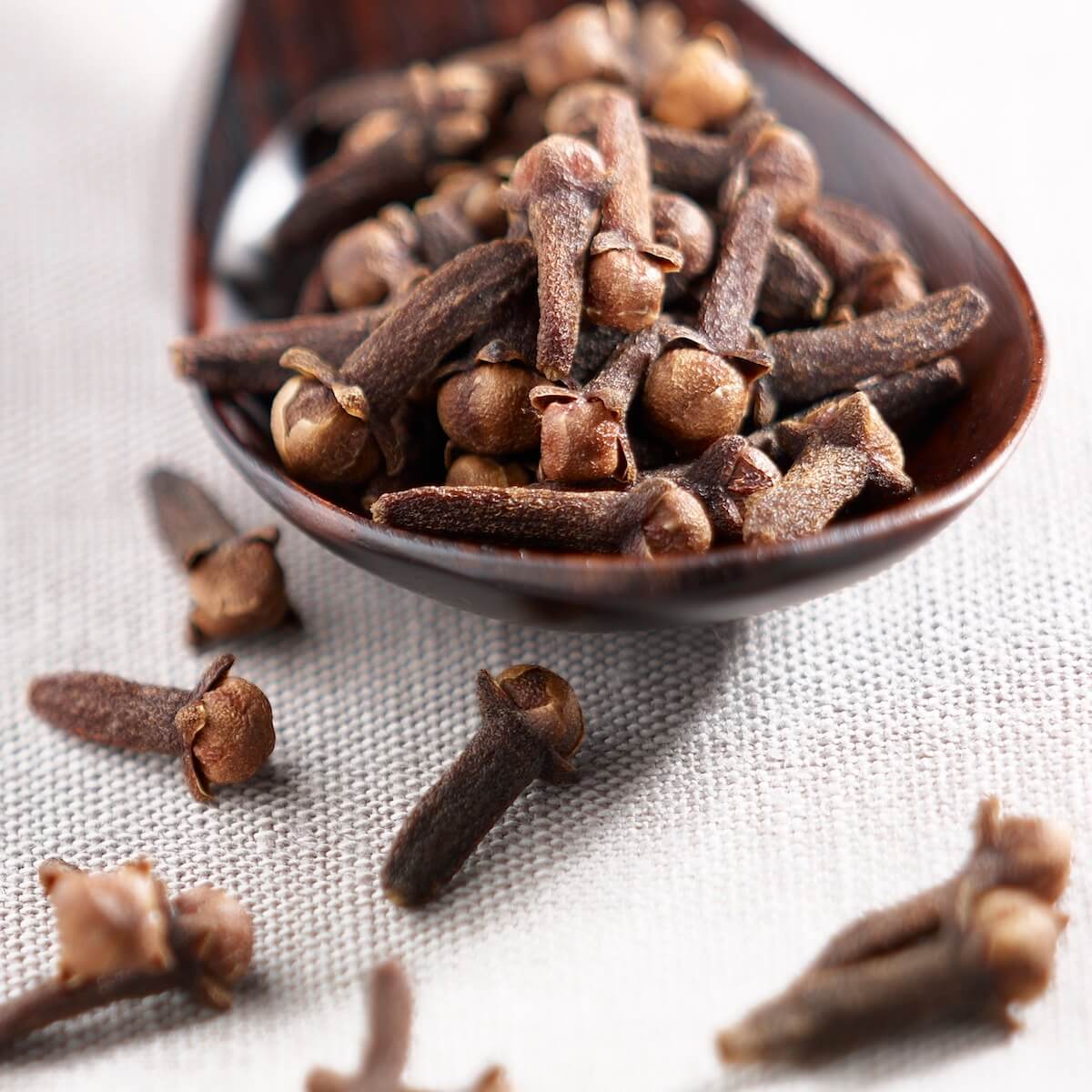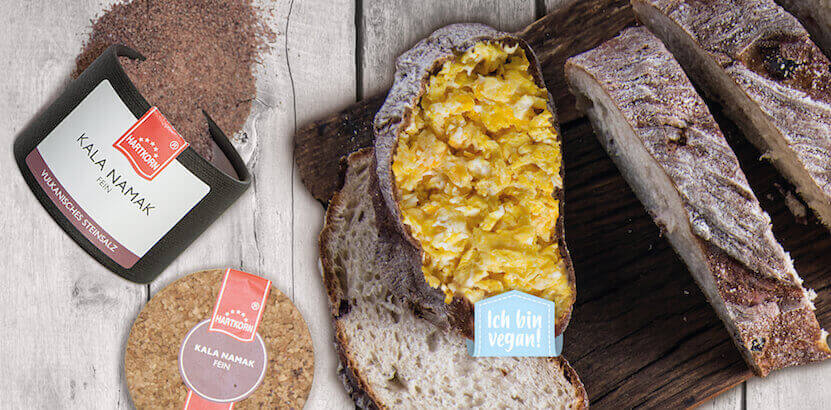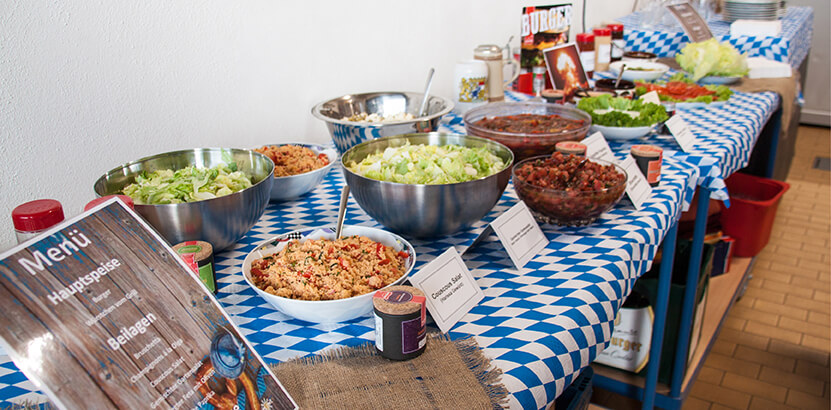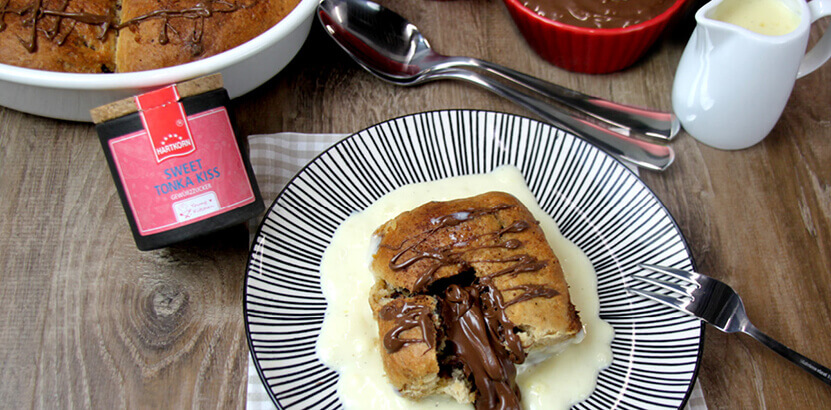Synonyms: Botanical family: origin: Classification: spice shape: flavor: odor: use: Cloves smell strong and very characteristic and taste fierily spicy. In the household, whole buds are mainly used, while the food and luxury food industry usually prefers ground goods. Used sparingly, cloves are suitable for seasoning a wide variety of foods. They are used for meat dishes, fish stock and other marinades, sauces, ragouts, confectionery, baked goods, fruit dishes, drinks and preserves. The industry uses cloves for the production of sausages, bakery and confectionery products, perfume and cosmetic products and for the aromatization of alcoholic beverages. tip: Recipe suggestion: knowledge: Botany: Home & Spread: cultivation & extraction: History: Carnations
General information
Application
Things to know
 Botanical name:
Botanical name:
Syzygium aromaticum L.
Clove, clove, nail, clove head
myrtle plants
Indonesia, Tanzania, Madagascar, Malaysia
spice
flower buds
spicy, burning
warm, spicy-sweet
ragouts, sauerbraten, veal, game, poultry, red cabbage, beetroot, plums, pears, fruit compote, punch, mulled wine
Put them into an onion and add the cloves to the dish and can remove them well
Rum-Punch: Take 1 lemon peel, 8 cloves, 1 cinnamon stick and 80 g sugar and stir it into 1 l red wine and 350 ml port wine. Let it get hot, not boiling. Then let it stand for 15 minutes. Remove the lemon peel and the spices. Heat 300 ml rum and pour into the punch.
History: The short germination period of cloves and the strict trade monopoly of the Dutch prevented their cultivation far away from the Spice Islands and made them a tremendously sought-after spice. In 1769, the French succeeded for the first time in abducting cuttings to Mauritius and cultivating them there.
The clove tree from the myrtle family reaches a height of about 20 m, but usually remains smaller and becomes about 100 years old. It is richly branched and carries a full foliage of dark green, opposite lanceolate, pointed leaves, which grow to a length of about 8 to 12 cm. At the branch tips, numerous flower buds arise in deciduous umbels. They are about 12 to 18 mm long, have a square-rounded, 3 to 4 mm thick, stalk-shaped ovary, which carries a spherical head of about 4 to 5 mm diameter above the 4 sepals, which protrude unevenly at its upper end. The buds change colour from green to pink and, if given the opportunity to open, release 4 white petals standing on a reddish base, surrounding a dense tuft of long-stemmed anthers.
The clove trees come from the Moluccas, as do the nutmeg trees. They are still cultivated there today. The tropical maritime climate allows them to thrive best, which is why their further distribution is limited to a moderate number of islands. So to example Penang, Java, the Philippines, Sri Lanka (earlier: Ceylon), Madagascar, Réunion, Mauritius, Zanzibar, Pemba as well as on some West Indian islands and on Guyana.
Cloves trees are grown from seeds, more rarely from cuttings, and are cultivated in plantations. Since the seeds lose their germination capacity very quickly, they are placed in moist, shaded seed beds immediately after harvesting. The first harvest is possible after 6 to 8 years. The yields increase until the 20th and 25th year and then fluctuate between 2 to 4 kg per tree per year. As with the nutmeg trees, the clove trees can reach an age of up to 100 years and still produce yields even at a high age. As soon as the still firmly closed flower buds of the clove tree change color, they are picked. The harvest can usually be done twice a year. The buds are spread out on grass mats for several days to dry until they have changed color from reddish to bright brown-red. The weight loss is considerable - 1000 kg of fresh cloves make about 250 kg of dried cloves. Good cloves feel greasy and when pressed with the fingernail, essential oil is released. They float upright in the water or sink under, while less good cloves float horizontally on the surface. Well-assorted goods can also be recognized by the fact that they do not contain fruit stems and the bud heads are present.
Already centuries before the birth of Christ, the clove was known and coveted by the Chinese and Indians. However, it only came to Europe during the bloom of the Roman Empire. The main trading centers for spice trade at that time were Alexandria and Constantinople. Constantinople remained the main port of entry and the most important trading center for the spice trade long after the fall of the Roman Empire and into the Middle Ages. The further history of the Moluccan clove tree is closely linked to that of the Muscat tree, which is also native to the Moluccas, and coincides in many sections.
http://de.wikipedia.org/wiki/Gewürznelke







